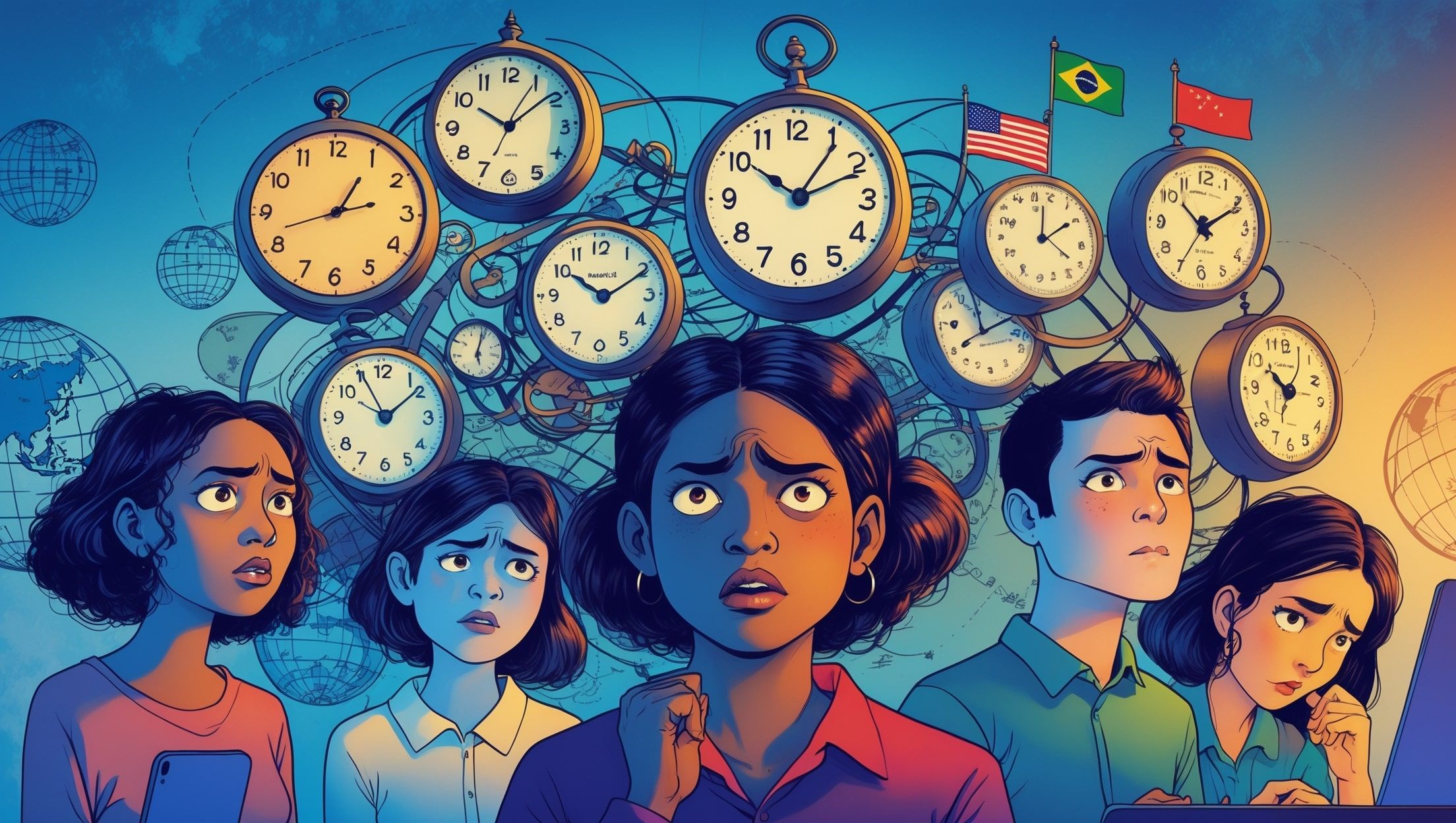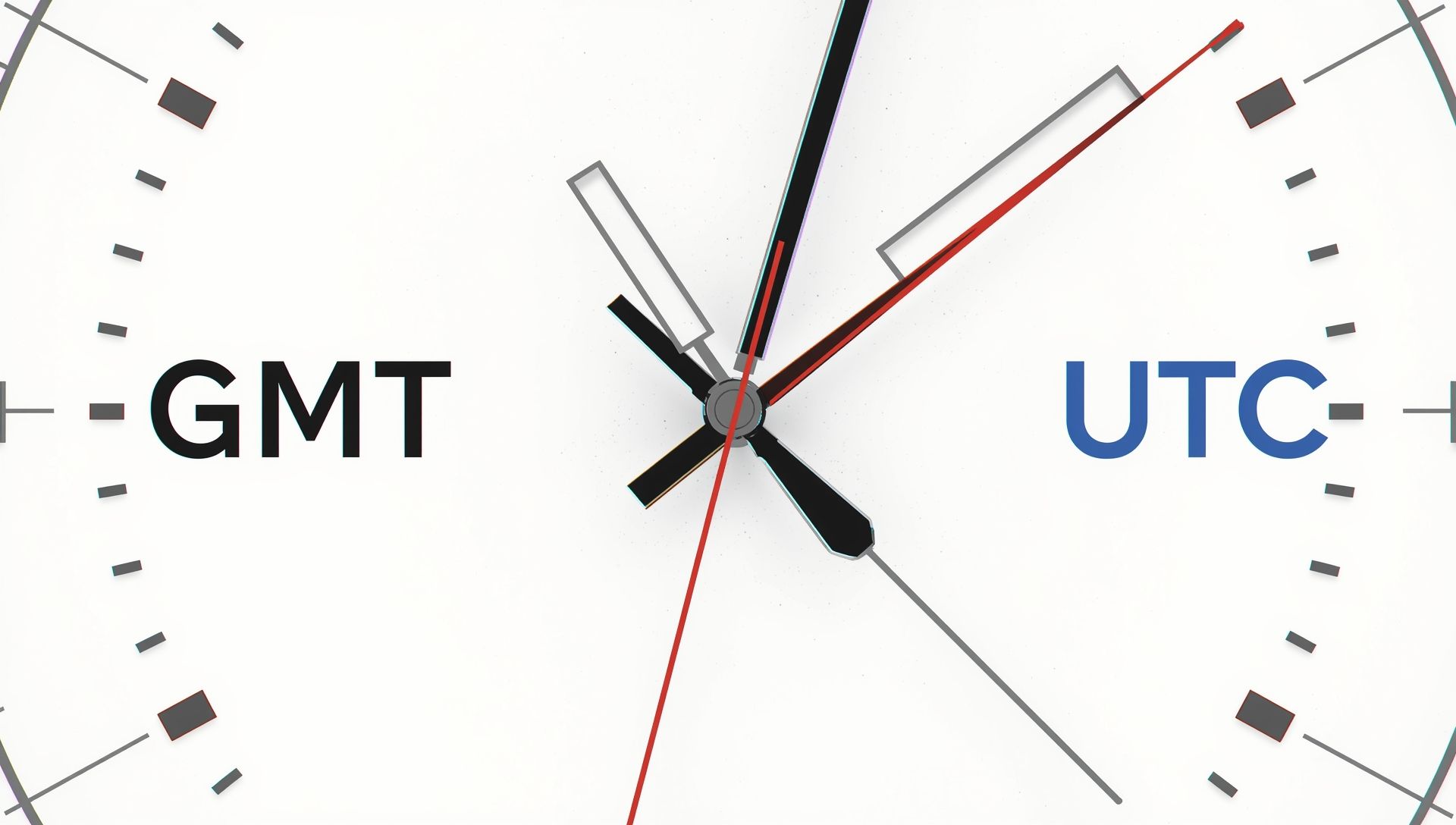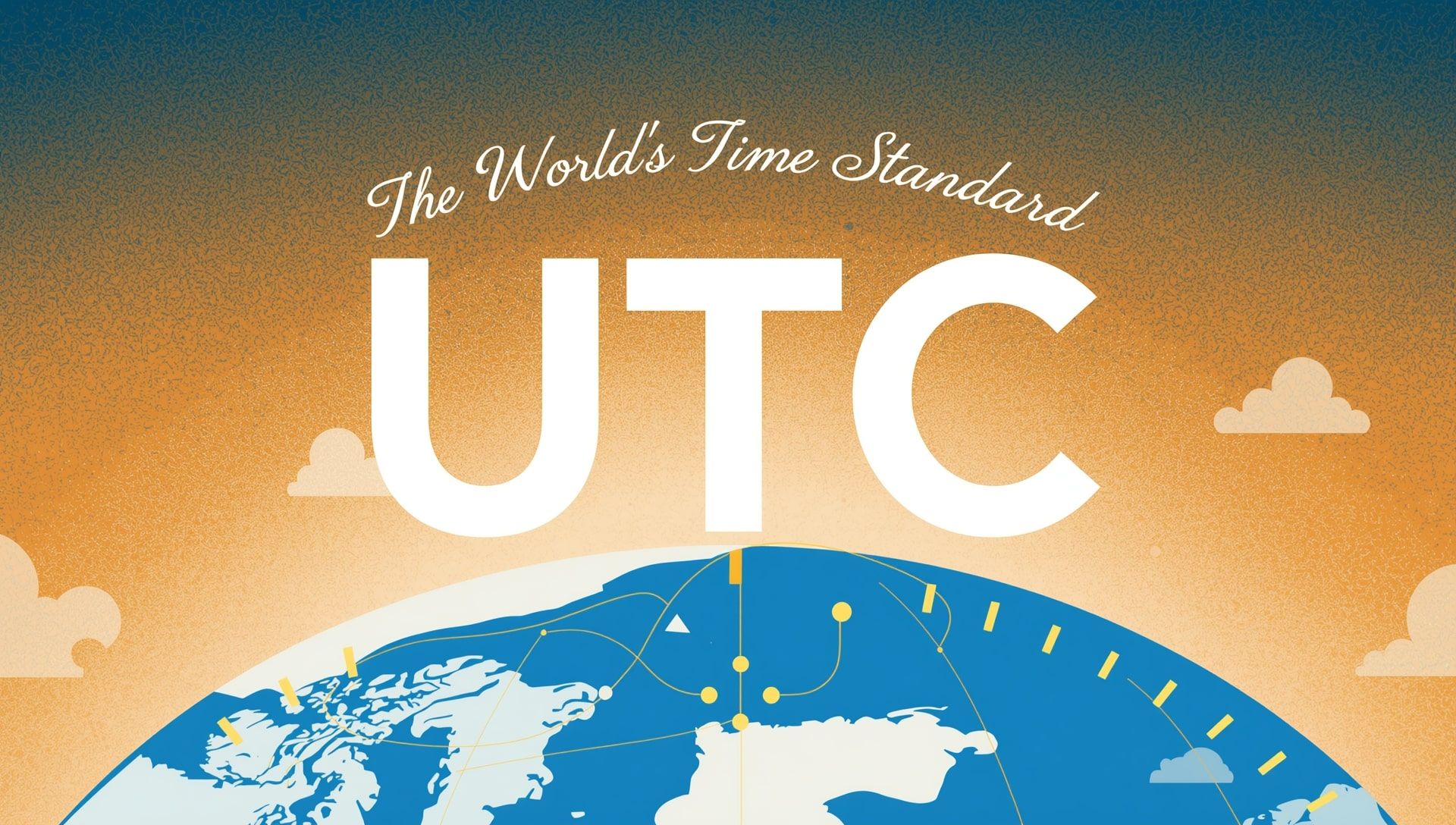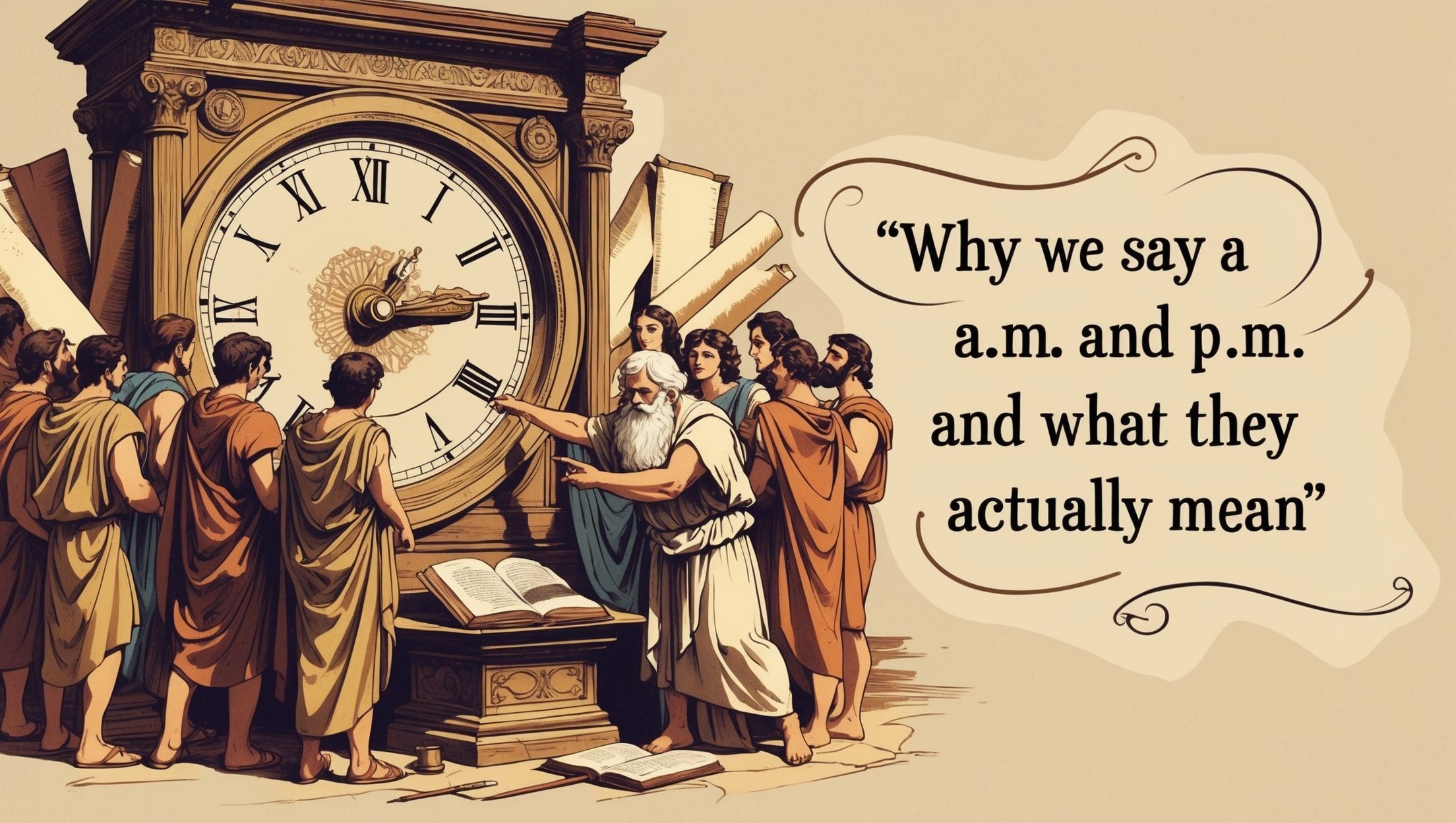Two people schedule a call for Tuesday at 9 AM. One is in London, the other in Sydney. Seems simple. But when Tuesday rolls around, someone’s eating dinner, not starting their workday. Welcome to the mess that is international time coordination. It’s not just tricky, it’s nearly built to go wrong. Tools like the world clock try to help, but even they depend on constantly shifting data.
Why Time Isn’t As Universal As You Think
Time feels fixed. One minute is always 60 seconds. But time zones are man-made, and that’s where things get messy. Countries decide what their local time is. Some shift it with the seasons. Some don’t. Some change their minds every few years. There’s no global rulebook.
UTC, or Coordinated Universal Time, is the base. But beyond that, it’s a free-for-all. Local governments apply offsets to UTC, sometimes +9, sometimes -5, and sometimes even half-hour or 45-minute differences. Try keeping track of that in a busy schedule without a reliable time zone map.
Daylight Saving Time Breaks More Than It Helps
Not all countries observe daylight saving time. Some used to but stopped. Others do it, but change the clocks on different dates. That means during parts of the year, the difference between two countries shifts by an hour, even if neither location moved geographically.
This breaks calendar invites, causes missed meetings, and even confuses airline passengers. Coordinating across borders means always double-checking what “9 AM” really means somewhere else.
Technology Doesn’t Always Save You
You’d think software would solve all this. But tools like Google Calendar, Outlook, and even mobile phones rely on databases that need constant updates. If a country suddenly decides to skip daylight saving or switch its time zone, every app has to catch up.
In 2022, Lebanon delayed the start of daylight saving with just two days’ notice. Phones didn’t update in time. Meetings were missed. Flights got confusing. All because one government changed a setting that software wasn’t ready for. Many people turned to time zone converters just to make sure they showed up at the right hour.
Five Things That Make Global Timekeeping a Headache
- Some countries use half-hour or 45-minute time zones
- Daylight saving doesn’t follow a global schedule
- Governments change time policies with little warning
- Online tools rely on databases that may be outdated
- Crossing the International Date Line shifts the calendar
Every one of these adds a layer of complexity. Stack a few together and even a simple phone call can turn into a time-zone puzzle that even an experienced event planner struggles with.
The International Date Line: More Confusing Than It Sounds
This invisible line in the Pacific Ocean flips the calendar. Fly across it and suddenly it’s tomorrow or yesterday. It’s not a straight line either. Countries can request tweaks to stay in sync with trading partners. Samoa once skipped an entire day to move closer to Australia’s time zone for business reasons.
That means someone on one side of the line could be almost a full day ahead of their neighbor. Try planning a birthday call or product launch around that without checking a global time reference.
Why Coordination Isn’t Just About Clocks
It’s about people. Remote teams, global businesses, even families spread across continents. If one person’s clock is off, the whole plan falls apart. That’s why so many rely on UTC in the background, even if most folks never see it. It’s the common thread that helps pilots, programmers, and professionals stay synced, whether they’re watching the weather or managing servers.
But to make it work, humans still have to translate that into local time. And that’s where the chaos creeps in.
What Keeps It All Running (Barely)
Behind the scenes, developers maintain something called the IANA Time Zone Database. It tracks every known change in time zones and daylight saving rules across the planet. It’s updated constantly, and every phone, computer, and server depends on it.
Still, even with this tool, things go wrong. An update might be delayed. A device might miss the memo. Or someone just forgets to check what time it really is in Nairobi before hitting “send.” That’s why coordinating time across borders continues to be one of the world’s trickiest challenges.
The Real Cost of Getting It Wrong
Missed meetings are annoying. But time mix-ups can go deeper. Financial trades can be mistimed. Health appointments missed. Server updates rolled out too early or late. For airlines, it could mean a crew shows up at the wrong hour. That’s not just confusion, it’s money lost, and it reminds us how much the science of measuring time matters in daily life.
Living With the Chaos
We’ve built a world where time matters more than ever, yet the systems we use are stitched together with patches, exceptions, and local rules. That makes coordination across borders feel like a constant juggling act.
Next time someone says, “Let’s meet at 3 PM your time,” pause for a second. Because behind that one sentence is a whole world of time that doesn’t quite agree.









